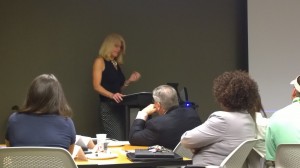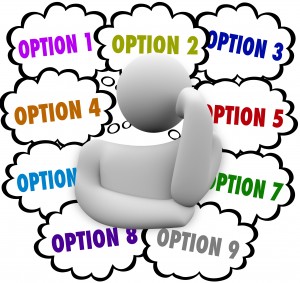In our previous post, we discussed how many people should a company use to staff its trade show booth. However bringing the right number of people is only the beginning. In order meet your trade shows goals, event staff must be properly prepared.
According to industry statistics only 10% of exhibitors conduct training before all their events and only 26% hold training sessions before most events. This despite the fact that depending on the size of the show, anywhere from hundreds to potentially thousands of buyers will come streaming past your booth. It would be easy for unprepared booth staff to become overwhelmed by the crowds and by the presence of so many competitors vying for attendee attention.
The information you present during training is dependent upon many factors, including the experience level of the team staffing the exhibit, the size of the staff and their knowledge of the rest of the team’s areas of expertise, the staff’s availability for extended training before the show, the scope of products being shown and the staff’s familiarity with them, the size and complexity of the exhibit, and the promotional program planned for each show.
In our next post, we will discuss pre-show staff training in more detail. If you would like help preparing for an upcoming trade show, contact us today for a custom consultation.



